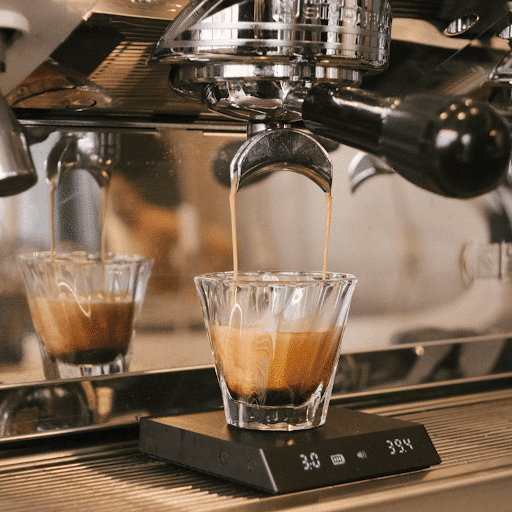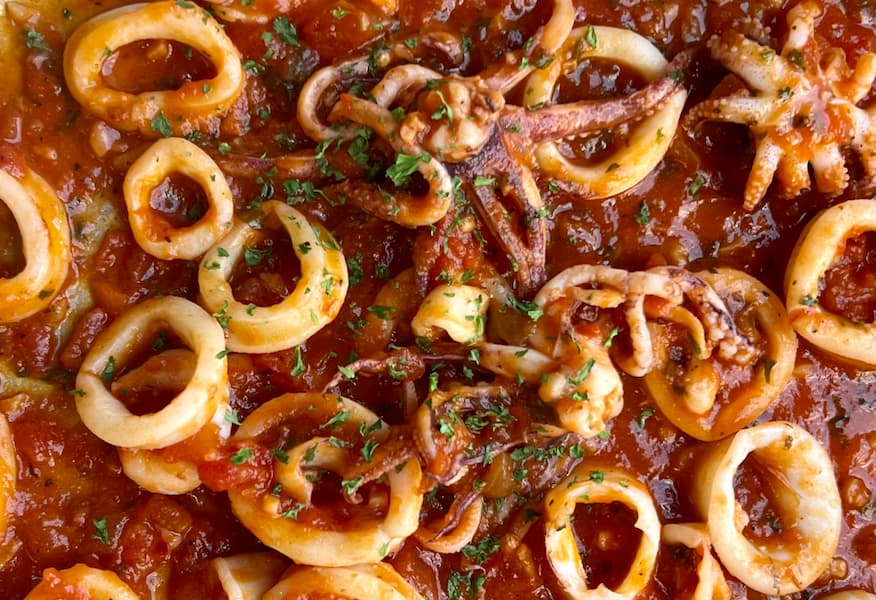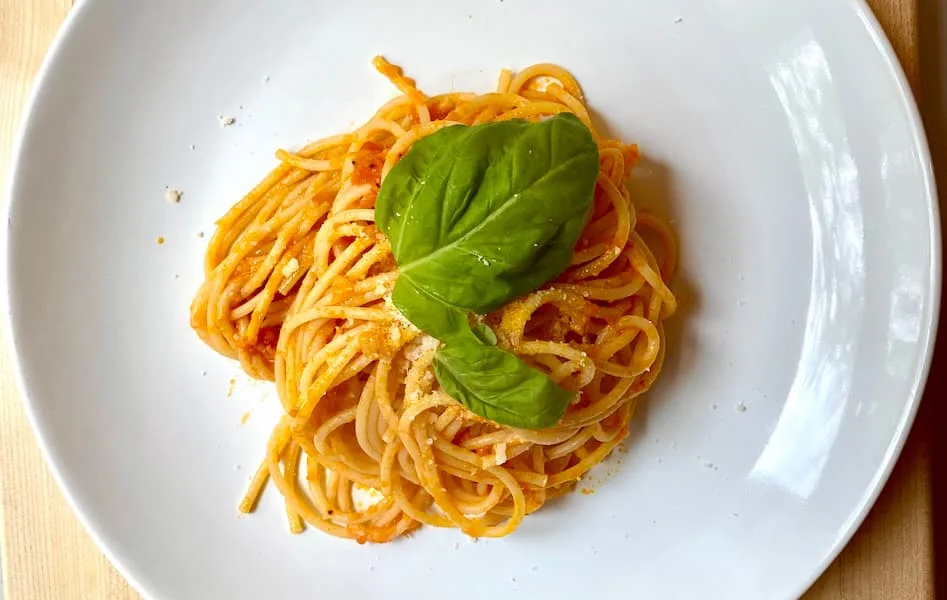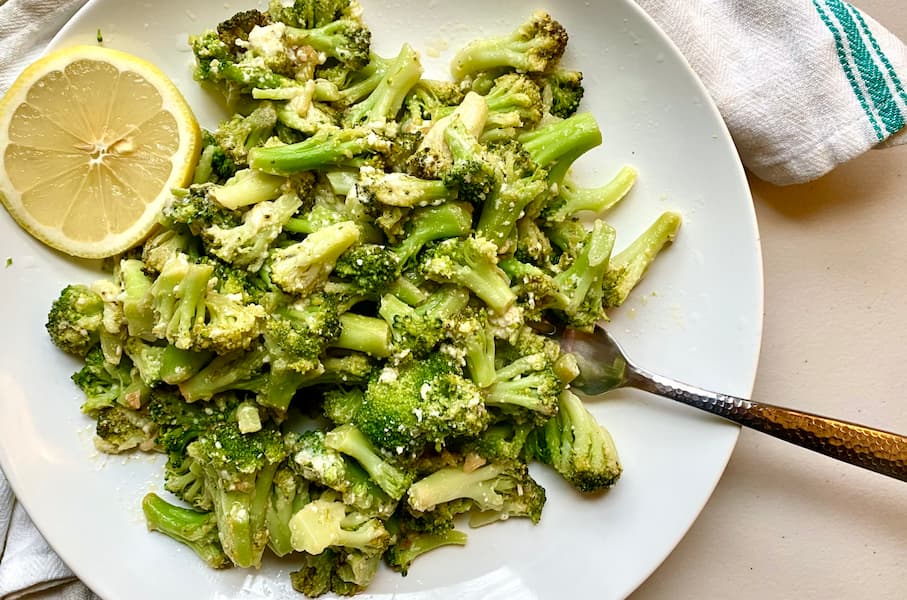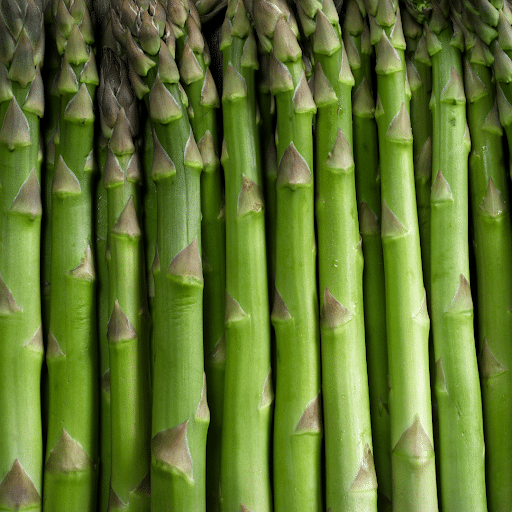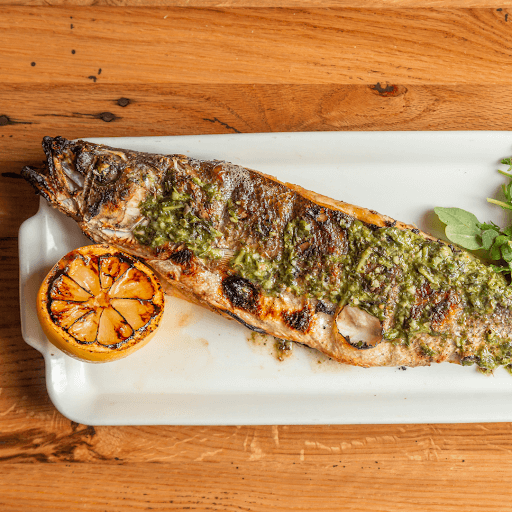Incoming Dad joke…Coffee is hotter than ever!
Seriously though, more people than ever are downing a cup of joe to kick off their morning.
In the United States, about two out of three adults indulge in coffee every day.
That’s a lot of java – we’re talking about hundreds of millions of cups daily!
But it’s not just a wake-up drink anymore, either. People are brewing at home more and loving fancy coffee shop drinks like lattes.
With so many drinks on a coffee shop menu, it can be confusing what to order. What’s the difference between coffee and an espresso shot? Which drinks have milk? Which drinks have foam?
Today, we’re chatting about the most popular coffee drinks and the main differences between an espresso versus a cappuccino.
Espresso vs Cappuccino
Coffee isn’t just a drink; it’s a whole vibe, especially in Italy, where sipping on coffee is practically an art form. Let’s explore the world of espresso and cappuccino, two of coffee’s most beloved forms.
We’ll examine how these iconic drinks came to be, how they’re made, and all the different ways you can tweak them with various milks and sweeteners to make them your own. So, grab your favorite mug, and let’s get into the details of these drinks.
A Brief History of Coffee Drinking in Italy
The tradition of coffee in Italy dates back to the early 1900s when the first espresso machines were developed. These machines, capable of using high pressure to push hot water through finely ground coffee beans, revolutionized coffee making, giving rise to the concentrated shot of espresso. Italian coffee shops, or “caffès,” quickly became social hubs where people gathered to discuss politics, art, and life over a small cup of strong coffee.
The Espresso Machine: A Key Tool in Coffee Culture
The espresso machine, a tool found in all modern coffee shops, is crucial for brewing the perfect espresso. These machines employ a steam wand to force hot water through tightly packed, finely ground coffee beans at high pressure. This method extracts the coffee’s full flavor and oils, resulting in a concentrated shot of espresso with a bold taste and creamy texture. The espresso shot often enjoyed on its own in smaller sizes, packs a powerful punch in terms of caffeine content, providing a quick energy boost.
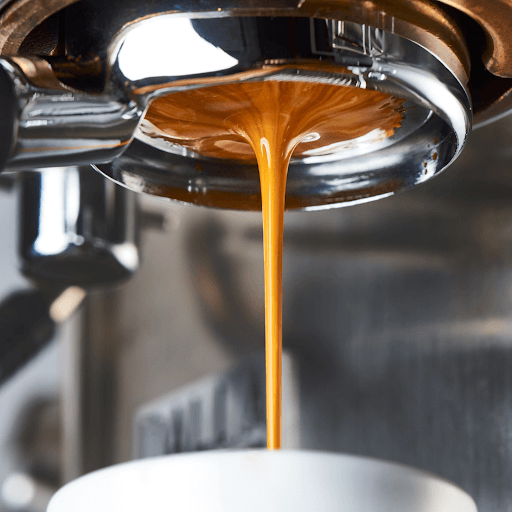
Understanding Espresso and Cappuccino
At the heart of many popular coffee drinks lies the espresso—a concentrated coffee brewed by forcing a small amount of hot water through finely-ground coffee beans under high pressure. Known for its thick, creamy texture and bold flavor, a single or double shot of espresso serves as the base for many espresso-based beverages.
A cappuccino, traditionally made with equal parts espresso, steamed milk, and milk foam, offers a lighter, frothier experience. The key differences between an espresso and a cappuccino mainly lie in the milk content and texture. A cappuccino combines a strong shot of espresso with a generous amount of foamy milk, resulting in a creamy and airy cup, usually sprinkled with cocoa powder or cinnamon, for an added flavor touch.
Breaking Down Coffee Drink Types
Coffee lovers can choose from an array of espresso-based drinks, each with its unique preparation method and milk ratio:
- Latte Macchiato: This drink starts with hot milk and is marked (‘macchiato’) with a shot of espresso, making it milkier than a cappuccino.
- Caffè Latte: Similar to a latte macchiato but focusing more on a creamy blend of milk and espresso, a Caffè Latte is typically served in larger quantities.
- Flat White: Originating from Australia, this drink involves a double shot of espresso with a small layer of milk foam, offering a more robust espresso flavor than a latte.
- Dry and Wet Cappuccino: A dry cappuccino has less steamed milk and more foam, while a wet cappuccino includes more steamed milk and less foam, making it creamier.
Each drink caters to different personal tastes and preferences, allowing coffee enthusiasts to enjoy a variety of java experiences.
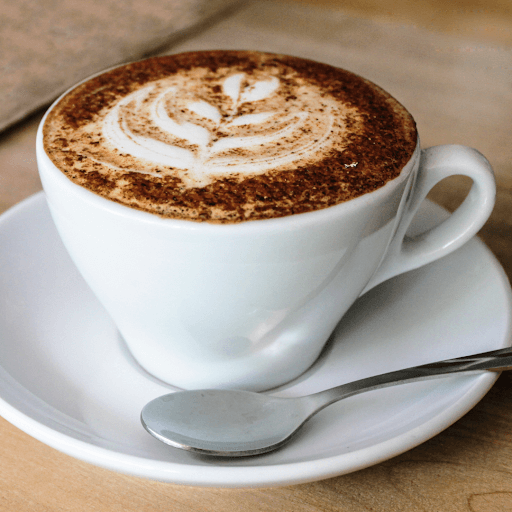
Milk and Coffee: Creating the Perfect Blend
Cappuccinos and other milk coffee varieties are about finding the right balance. The traditional cappuccino, for example, is crafted with one-third espresso, one-third steamed milk, and one-third milk froth. This creates a light yet rich drink where the silky foam caps the warm, sweet milk below, merging with the robust espresso.
Understanding the ratio of milk to espresso is essential for any barista aiming to craft the perfect cappuccino or other milk beverages like the caffe latte or flat white. Based on the espresso and milk proportions, each offers different experiences and serving sizes.
Milk Varieties and Sweeteners
The type of milk used can significantly influence the taste and texture of coffee drinks. Whole milk is commonly used for its richness and ability to create silky foam, but options like skim milk, oat milk, and almond milk are popular among those looking for a lighter or dairy-free alternative. The choice of sweeteners, whether sugar, honey, or artificial options, can also customize the flavor to suit individual taste buds.
Caffeine Content and Coffee Types
While a typical single shot of espresso contains about 63 mg of caffeine, this can vary depending on the brewing method and the coffee beans used. Comparatively speaking, regular coffee, often brewed via French press or drip methods, contains less caffeine per ounce but is usually consumed in much larger quantities.
This makes espresso a more potent, concentrated coffee experience by volume. For those keeping an eye on caffeine intake, understanding the amount of caffeine in different coffee types and preparation styles is crucial.
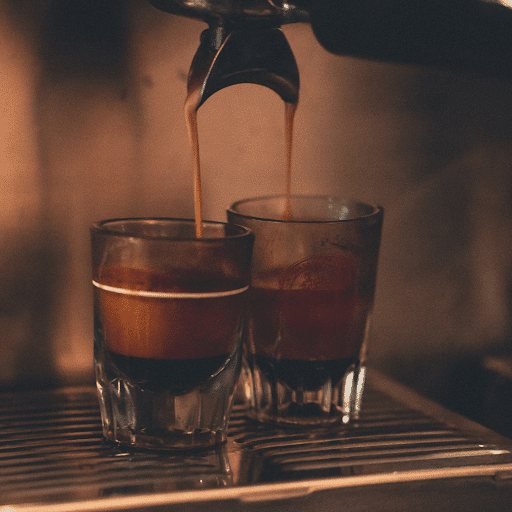
Espresso and Cappuccino Today
In modern coffee shops, the evolution of coffee continues with innovative takes on classic drinks tailored to meet diverse consumer preferences. Baristas often experiment with the ratio of milk, types of espresso shots, and even latte art, pushing the boundaries of traditional coffee recipes to create different customer experiences.
Whether you prefer the bold, straightforward flavor of an espresso or the smooth, frothy texture of a cappuccino, understanding these popular beverages can enhance your appreciation for coffee and help you find your perfect cup.
Next time you visit a café or coffee shop, consider experimenting with different types of coffee drinks or adjusting the milk and sweetener to discover what best pleases your palate. Remember, the best option for you is the one that delights your senses and meets your personal preferences. With each sip, you become part of a global community of coffee lovers and connoisseurs, each with their own unique way of enjoying this timeless beverage.
Personalizing Your Coffee Experience
Today’s coffee culture is all about personalization. With the variety of coffee drinks available, from the basic black coffee to more elaborate espresso drinks like the latte macchiato or au lait, coffee lovers have endless options to tailor their coffee experience to their taste buds. Different names and preparation methods across cultures add to the rich tapestry of coffee drinking. Whether you prefer less milk like in a traditional espresso or enjoy the creamy texture of a flat white, the coffee journey is highly individual.
Whether you’re an espresso enthusiast or just wanting to learn all about coffee, there’s always something new to discover.
So, next time you’re in line for your morning boost, maybe opt for something a little different—try adjusting the milk ratio or adding a dash of something sweet.
Who knows? You might just find your new favorite way to enjoy this beloved beverage. Remember, the perfect cup of coffee is the one that not only wakes you up but also brings a little comfort to your day.

